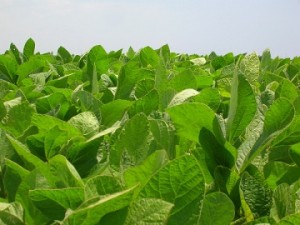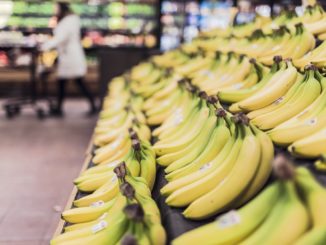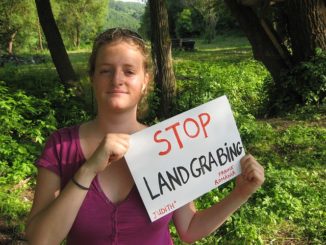Mr Daniel Constantin, Romania’s Minister for Agriculture and Rural Development, recently signed the Danube Soya Declaration – the scope of which is to support producers of GM-free soya in the Danube region. By signing on, Romania joined other Danube countries and regions that have already endorsed the project including Austria, Croatia, Bosnia and Herzegovina, Serbia, Hungary, Slovenia, Switzerland and the Bavarian region.

The target regions for Romania are those north-west of its western plains. The program proposes that in its third year of implementation, each Danube region is to reach a 5,000-7,000 hectare (ha) surface cultivated with GM-free soya and certified by the Danube Soya convention.
The relevant press release by Romania’s Ministry for Agriculture however fails to mention the all-important GM-free conditioning of the entire exercise and ends by stating that, “the Declaration does not commit Romania in any way against future decisions on soybean crops.”
The position taken by the Ministry for Agriculture leaves room for interpretation and raises questions about the successful implementation of the Danube Soya Convention.
Romania started the cultivation of GM soy in 1998, introducing 14 varieties for commercial cultivation. The country quickly became a large-scale producer of GM soy with 88,000 ha in 2005 and more than 137,000 ha dedicated for its cultivation in 2006. When the country joined the EU in 2007 the cultivation of GM-soy became illegal but this doesn’t mean that it stopped. While Romania’s competent authorities never conducted field checks to ensure that the EU moratorium was enforced, ‘Agent Green’ a Romanian NGO did check and found farmers cultivating GM soy as late as 2009.
Politically GM cultivation enjoys huge cross-party support and several of the countries agricultural ministers in power since 2007 had proven ties to biotechnology companies.
Given the rooted history of the biotech industry and the political support they enjoy, they are still rather present in Romania. Currently their main refuge is science. During a recent symposium, Ioan Otiman a member of the country’s highest independent body – the Academy of Sciences – presented “The economic impacts of transgenic plants cultivation on the Romanian agriculture”, highlighting the economic benefits of large-scale GM soy cultivation. The ties between biotechnology companies and scientists is well-documented, if not a global phenomenon, with more and more scientists losing their credibility; migrating from public institutions to company labs, or accepting research funds from agricultural giants such as Monsanto and Syngenta.
According to a declaration issued after a Danube Soya Congress in Vienna: “Soya is an ideal crop for organic cultivation, the challenge is to find suitable varieties that also mitigate the problem of weeds through increased leaf mass. In many CEE countries small-scale farming is common. It is essential to establish a program from which small-scale farmers can benefit. To this end concrete and specific measures will need to be taken.”
To read something along these lines in the ministries press release announcing Romania’s adherence to the Danube Soy Declaration would not only have added a contextual explanation but would have also informed the greater public and farmers that the government is supporting a project to do with GM-free soya. To state this would have been more than correct; it would have been vital.




